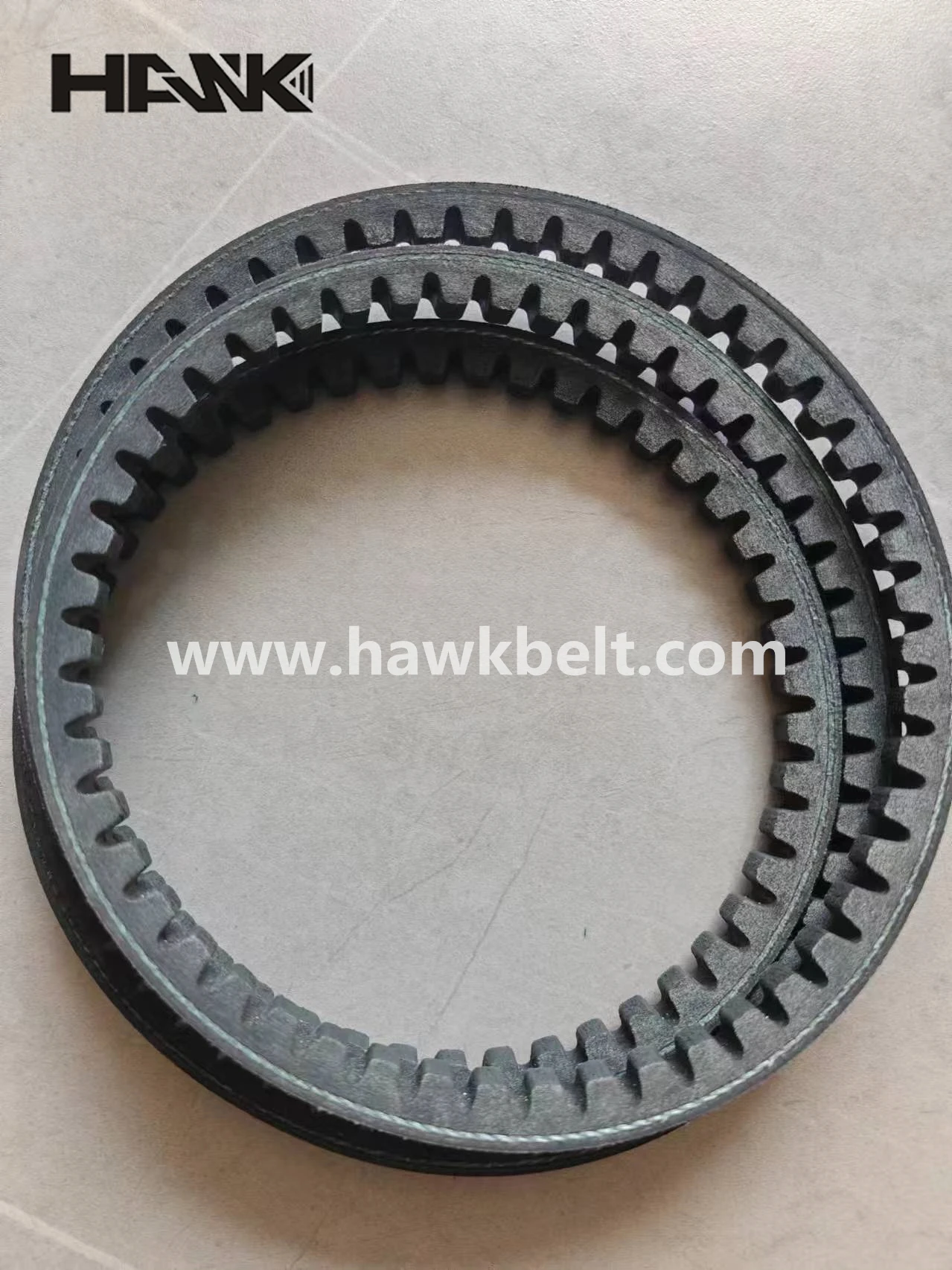- Arabic
- French
- Russian
- Spanish
- Portuguese
- Turkish
- Armenian
- English
- Albanian
- Amharic
- Azerbaijani
- Basque
- Belarusian
- Bengali
- Bosnian
- Bulgarian
- Catalan
- Cebuano
- Corsican
- Croatian
- Czech
- Danish
- Dutch
- Afrikaans
- Esperanto
- Estonian
- Finnish
- Frisian
- Galician
- Georgian
- German
- Greek
- Gujarati
- Haitian Creole
- hausa
- hawaiian
- Hebrew
- Hindi
- Miao
- Hungarian
- Icelandic
- igbo
- Indonesian
- irish
- Italian
- Japanese
- Javanese
- Kannada
- kazakh
- Khmer
- Rwandese
- Korean
- Kurdish
- Kyrgyz
- Lao
- Latin
- Latvian
- Lithuanian
- Luxembourgish
- Macedonian
- Malgashi
- Malay
- Malayalam
- Maltese
- Maori
- Marathi
- Mongolian
- Myanmar
- Nepali
- Norwegian
- Norwegian
- Occitan
- Pashto
- Persian
- Polish
- Punjabi
- Romanian
- Samoan
- Scottish Gaelic
- Serbian
- Sesotho
- Shona
- Sindhi
- Sinhala
- Slovak
- Slovenian
- Somali
- Sundanese
- Swahili
- Swedish
- Tagalog
- Tajik
- Tamil
- Tatar
- Telugu
- Thai
- Turkmen
- Ukrainian
- Urdu
- Uighur
- Uzbek
- Vietnamese
- Welsh
- Bantu
- Yiddish
- Yoruba
- Zulu
nov . 13, 2024 15:43 Back to list
stepper motor belt
Understanding Stepper Motor Belts A Comprehensive Guide
Stepper motors play a crucial role in various applications, from 3D printers to robotics and CNC machines. One key component that enhances the performance of a stepper motor is the belt system. In this article, we will delve into the significance of stepper motor belts, their types, applications, and the factors to consider when selecting the right one for your project.
What is a Stepper Motor?
A stepper motor is a type of DC motor that divides a full rotation into a precise number of steps. The inherent design of a stepper motor allows for accurate positioning and control, making it ideal for applications that require precise movements. Unlike traditional motors that continuously rotate, stepper motors move in distinct steps, which can be controlled electronically.
The Role of Belts in Stepper Motor Systems
Belt systems are often used in conjunction with stepper motors to translate rotational motion into linear motion. This combination is particularly useful in various applications, such as conveyor systems, robotic arms, and CNC milling machines. The belt can help to amplify the torque of the stepper motor, increase the speed of movement, and achieve smoother operations, minimizing vibrations that could affect the quality of work.
Types of Belts
There are several types of belts used with stepper motors, each suited for specific applications
1. Timing Belts These are rubber belts with teeth that engage with toothed pulleys. Timing belts are extremely popular in stepper motor applications because they provide excellent grip and minimize slippage, ensuring consistent performance. They are often used in 3D printers, where precise movements are crucial.
2. V-Belts These belts have a trapezoidal cross-section and run on V-shaped pulleys. V-belts are more suitable for applications requiring higher torque and speed. They are less common in precise positioning tasks but are used in some industries for general power transmission.
3. Flat Belts Flat belts are simple, non-toothed belts that transmit power through friction. They are used in applications where space is minimal and low speeds are acceptable.
stepper motor belt

4. Poly-V Belts These belts feature multiple grooves along their length, allowing for a compact design and the ability to transmit higher loads within a smaller footprint. They are suitable for applications requiring efficient power transmission.
Factors to Consider When Choosing a Belt
When selecting a belt for your stepper motor system, several factors should be considered to ensure optimal performance
1. Torque Requirements Understand the torque requirements of your application. Different belts can handle varying levels of torque, so choose one that matches your motor's capabilities.
2. Speed Consider the maximum speed at which the motor will operate. Some belt types perform better at high speeds, while others may generate more heat and wear out quickly.
3. Length and Width Ensure that the belt length is suitable for your setup. A belt that is too long will cause slack, while a belt that is too short may lead to excessive tension and potential failure.
4. Material and Durability Select a belt made from durable materials that can withstand the operational environment, whether it be temperature, humidity, or load conditions.
5. Installation and Maintenance Some belt systems may require more complex installations and regular maintenance schedules. Simpler systems with lower maintenance can be more suitable for hobby projects or simple applications.
Conclusion
In summary, stepper motor belts are essential components that enhance the functionality of stepper motors in various applications. By understanding the different types of belts and the factors affecting their performance, you can make informed decisions that ensure efficiency and precision in your projects. Whether you are building a 3D printer, designing a robotic arm, or creating a CNC machine, selecting the right stepper motor belt can significantly impact your system’s overall performance. Investing time and effort into understanding these components will ultimately pay off in the quality and reliability of your applications.
-
Korean Auto Parts Timing Belt 24312-37500 For Hyundai/Kia
NewsMar.07,2025
-
7PK2300 90916-T2024 RIBBED BELT POLY V BELT PK BELT
NewsMar.07,2025
-
Chinese Auto Belt Factory 310-2M-22 For BMW/Mercedes-Benz
NewsMar.07,2025
-
Chinese Auto Belt Factory 310-2M-22 For BMW/Mercedes-Benz
NewsMar.07,2025
-
90916-02660 PK Belt 6PK1680 For Toyota
NewsMar.07,2025
-
drive belt serpentine belt
NewsMar.07,2025

